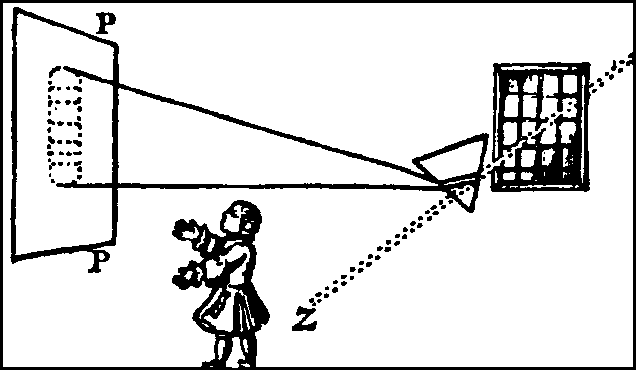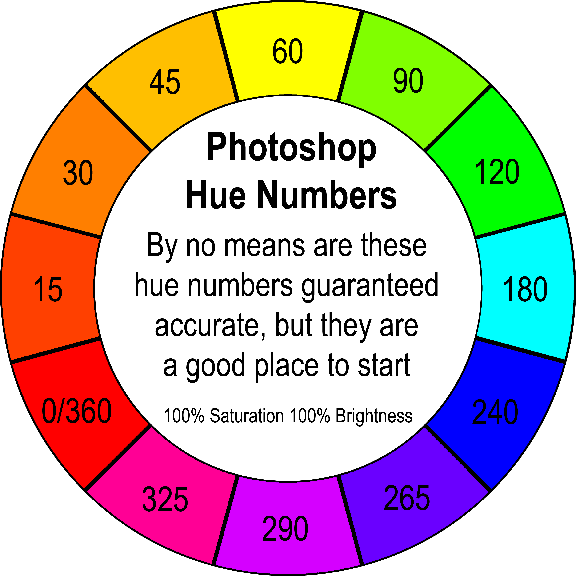1666
Isaac Newton allowed sunlight from a small, circular hole to fall on
a prism, producing a rainbow of color. Although the production of a
rainbow by a clear crystal was known to the ancients, it was Newton
who showed that the colors did not originate in the crystal, but rather
were components of sunlight. This array of colors he called a spectrum.
Here is how the great man explained it:
"And so the true Cause of the Length of that Image
was detected to be no other,
than that Light is not similar or Homogenial, but consists of Difform
Rays, some
of which are more Refrangible than others."
Newton's experimental arrangement is shown in the image below. It is from Voltaire's Eléments de la Philosophie de Newton, published in 1738.

Other people had played with prisms before. What Newton did next, however, had no precedent. He passed the emergent spectrum of colors back through another prism and recovered the pure white he had started with. Further, Newton tried to disperse each of the spectrum's seven colors, but he found them to be pure.
Years later, in Opticks, Query 29, he gave the following mechanism for the fact that the colors refracted from the greatest amount (violet) through blue, green, yellow, orange (which he does not mention) and to the least amount (red):
"Nothing is more requisite for producing all the variety of Colours, and degrees of Refrangibility than that the Rays of Light be Bodies of different Sizes, the least of which may take violet the weakest and darkest of the Colours, and be more easily diverted by refracting Surfaces from the right Course; and the rest as they are bigger and bigger, may make the stronger and more lucid colours, blue, green, yellow, and red, and be more and more difficultly diverted."

Once Newton had categorized the Visual Spectrum, he then joined the two ends of the color spectrum together to show the natural progression of colors. In his initial color wheel he chose seven major colors to relate to the seven planets and seven musical notes of the diatonic scale: red (C), orange (D), yellow (E), green (F), blue (G), indigo (A), and violet (B). He then twisted this straight bank of the spectrum into history's first color wheel. Since that time other basic hues have been added, based upon the Red, Yellow Blue (RYB) Primary Color Model. Below is a 12-Step Newtonian Color Wheel.
